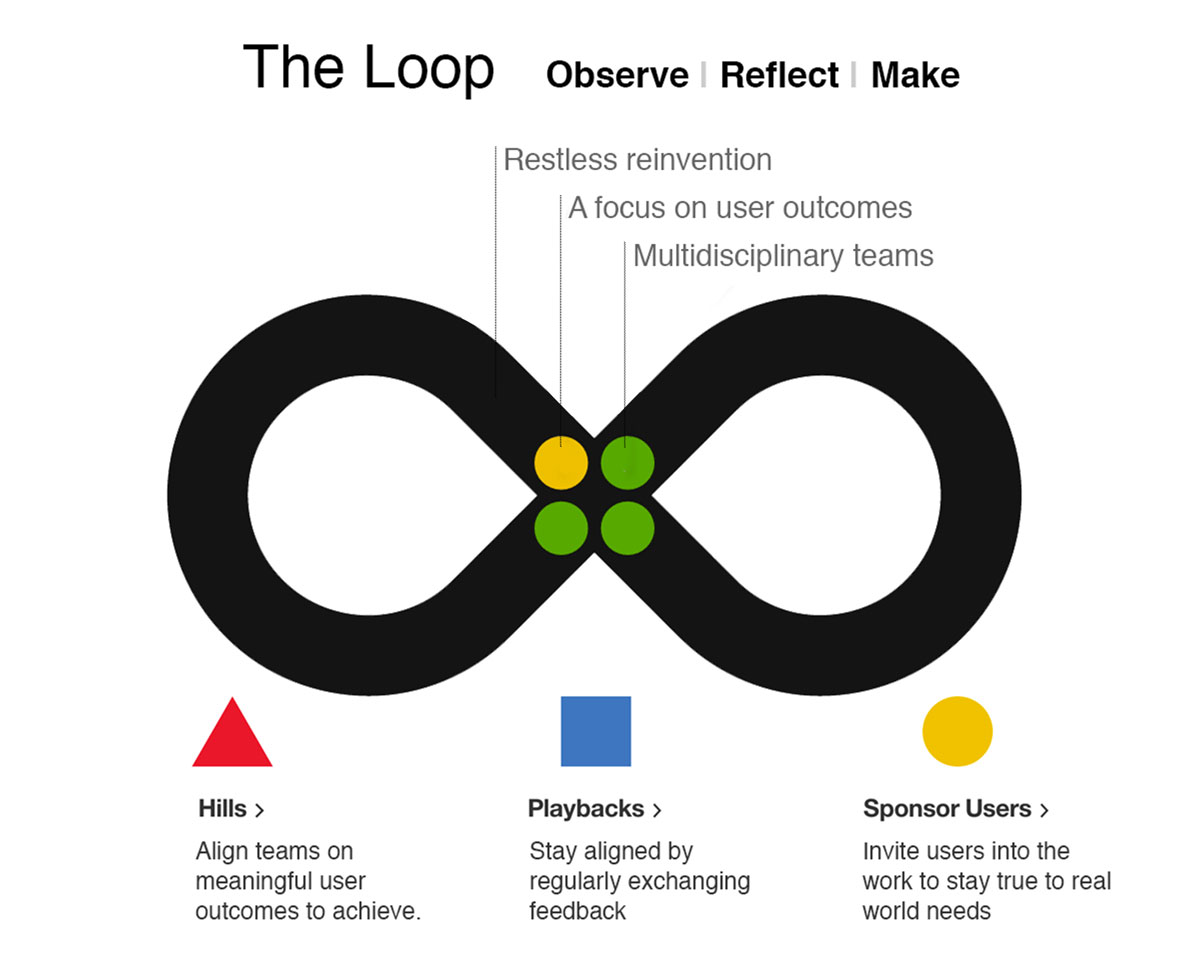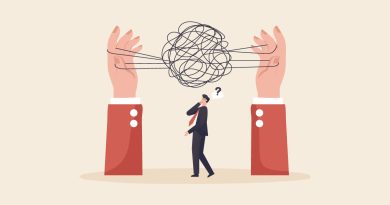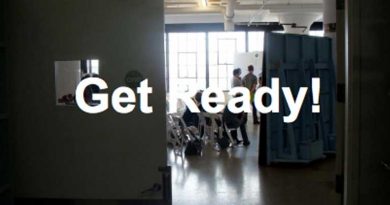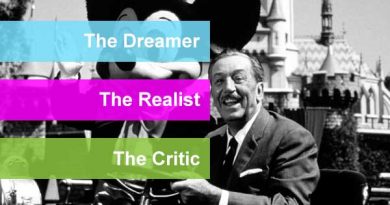What is Strategic Thinking? And How to Improve It
The ability to take strategic decisions can lead the organisation to achieve business success, as firms can’t preserve their existence without a strategy that maintains their long-term growth. Having the ability to take such decisions is one of the most favourable skills in almost all types of business, including the design business. Even for employees who don’t have to take critical decisions inside the company, strategic thinking helps them to build a sustainable growth rate for their career and skills acquisition as part of the company’s strategy. The term strategic thinking refers to the thinking methodology s applied by individuals in order to achieve success, such as solving problems or achieving business success.
Related articles:
Guide for Critical Thinking for Designers
What Does Systems Thinking Teach Us About the Problems of Problem-Solving Practice
Time Management Tips for Designers: The Action Priority Matrix
What is Strategic Thinking?
Strategic thinking is the process of analysing, evaluating, and planning a course of action to achieve a specific goal or objective inside the organisation through a broad and long-term perspective. This planning involves identifying potential opportunities and challenges and developing a clear and actionable plan to achieve the desired outcomes for companies.
Strategic thinking is a critical thinking skill for stakeholders to achieve success in a dynamic and complex environment through creative problem-solving and good strategic planning. It requires the ability to think creatively (similar to the SCAMPER technique discussed previously), critically, and analytically and to consider a wide range of factors, including market trends, technological developments, regulatory changes, and competitive pressures.
For design managers, strategic thinking helps them to forecast the hidden success behind different trends and decision-making, which contribute to helping the company’s endeavours to lead the market, access a new market, and overcome obstacles and problem-solving. Additionally, it helps to reduce the innovation risk as this instinct lets the managers understand which innovative ideas can have a high impact in the market and subsequently invest cost, time, and the team’s effort in it.
How to Improve Your Strategic Thinking?
Part of being a strategic thinker relates to your personality as the majority of strategic thinkers are able to anticipate the future, are curious, focus on long-term plans, are able to take risks, creative, good learners, and are able to prioritise their tasks. However, everyone is able to develop their strategic thinking skills at varied levels. Developing some skills, such as the below tips, can help improve your overall strategic thinking capabilities.
Have a Long-Term Vision
Strategic thinking is closely related to the ability to anticipate and have a long-term vision to understand the upcoming changes and challenges in the business and subsequently be able to advise the organisation on the most successful pathway to take. Organisations’ existence is closely linked to the stakeholder’s ability to forecast the future and understand the new trends and the opportunities they create.
Previous experience plays an essential role in building this anticipating instinct as it helps you to learn from the previous trends and be able to understand what the new trends are hiding. Learning about the different trends in the industry and the related technologies can help as well in identifying the hidden gems that can be transformed into an opportunity for the organisation. For example, introducing social network trends, examples as Facebook and MySpace, helped companies to take the opportunity of this success to establish new innovative solutions that are based o the same technology, such as Twitter, Instagram, Pinterest, and many others. Another way to build the anticipation instinct is the ability to build innovation within the organisation by understanding the different types of innovation and how to use them to address consumer current and future needs.

One of the interesting examples of the ability to anticipate is the IKEA flat packing strategy which allows IKEA to separate its products into parts and let the consumer assemble them at home. The idea started in the 1960s when IKEA needed to transport large furniture using small cars. They dissembled the furniture and reassembled it on the consumer side. This trend helped IKEA to reduce transport costs and fuel consumption and allow its consumers to interact with the product and be part of the manufacturing process. While there is no evidence about the extent of this example, it shows that looking into complex problems from strategic initiatives can generate future benefits from today’s decisions.
Think Critically
Instead of jumping directly to decisions or solutions for problems, critical thinking helps you to make decisions through objective evaluation and analysis of problems and ideas. This can be achieved through a thinking methodology that goes through three phases; observing the current situation, asking questions to define the problem clearly, and finding solutions based on the answers to the questions.
This thinking methodology helps to build a coherent strategic thinking approach by addressing the different aspects of the problem addressing the situation from different perspectives. Approaches such as the blue ocean strategy can help business leaders and stakeholders to look into new opportunities and explore new markets.
Be a Good Observer
To analyse and evaluate a situation accurately, you need to be a good observer in the first place. Observation is one of the basic research methods that we use every single day in our lives. However, few can become good observers to identify the different details of the situation, employees’ behaviour, or the relation between different factors that affect a specific situation.
Observation includes building a clear ubiquitous vision of the situation to make the right decision, which is required to address strategic thinking challenges. This can be achieved by thoroughly analysing the current situation from all perspectives. One of the common tools to evaluate problems is the Cause-Effect Diagram which allows you to visually represent the different causes that lead to the problem in order to reach a proper solution. Taking decision tools such as the Decision Matrix and Decision Trees helps improve the analytical skills to decide based on giving an average rate for all the different choices.
The SWOT Analysis is another example of the best practices that can help you to analyse new opportunities by understanding the strengths, weaknesses, opportunities, and threads related to this opportunity to understand its business viability strategically.

NEST Thermostat is one of the examples of being a good observer when it was presented as a new technology a few years ago. The company, which is now acquired by Google, focus on reducing and managing energy consumption in houses by installing a smart system that controls consumption based on the house owners’ activities. The company observed the problem and found a solution that turned out to be a successful product.
Open to Discussion
Many people hate to listen to opinions or ideas that offend their thoughts and ideologies, which puts them into the trap of their own ideas. They surround themselves with people who only agree with them or read about theories that meet their point of view. In order to build strategic thinking about a specific project, strategy, or decision, we need to build a broader understanding of the situation from different perspectives and a mindset of flexibility. This involves being open-minded and willing to listen to other opinions even if they offend yours, which requires improving our communication skills.
This can be achieved by opening the dialogue between all the stakeholders to share their ideas about the project during the meetings. Also, it is important to dare to share critical issues and discuss them with the team in order to understand the different points of view over the course of reaching potential solutions.
Honestly, many managers avoid this type of discussion due to the time consumption of open discussions, especially when the team themselves are not willing to accept other ideas. In this case, the meeting can run in the form of a brainstorming session using any of the tools, such as the six thinking hats, mind maps, reversed brainstorming, and others. These tools allow the manager to moderate the flow of the ideas by moving between clear stages wishing a determined timeframe.

Opening the discussion appears obvious in the IBM design thinking model, which focuses on continuous communication between the stakeholders and the consumer in order to keep everyone in the loop and have the business strategy clear for everyone.
Learn, Learn, and Learn
Strategic thinkers are good learners. While most managers are afraid to fail, they learn from failure more than they learn from success. We all avoid failure in every step of our lives. However, we can’t prevent it. People react differently to failure. Only strategic thinkers can take advantage of the failure by analysing the reasons that led to this failed experience and how to avoid it in the future. Handling failure with this strategy helps you to build a long-term improvement plan as your strategy to handle situations improve along with learning from the previous failure experiences. Agility and process models such as the Double Diamond design thinking can drive the company into a more strategic mindset if applied properly. For example, the design thinking process has faced criticism, which is driven by a lack of knowledge of the process mindset and the philosophy of design undermining it.

One of the examples that reflect the learning nature of successful companies is the release of the iPhone Plus by Apple. From the first state, it seemed like Steve Jobs was not one of the supporters of the big phone idea. However, along with Samsung’s success in selling phones with the big size as an advantage marketing point, Apple started to establish a new big phone to target this segment in the market.
In the middle of high competency and the ongoing battle to achieve market success, strategic thinking becomes one of the important skills that every employee or business owner needs to acquire. While it can be considered a talent, it can be developed through improving the above skills that can help you to observe the current state of the business, forecast the successful trends, and build a strategy to achieve success in this track.
Further Readings:
The Decision Book: Fifty models for strategic thinking
HBR Guide to Thinking Strategically
Leading with Strategic Thinking
Note: This article was originally published on: 11/02/2016
Take Away
Strategic thinking is the process of analysing, evaluating, and planning a course of action to achieve a specific goal or objective inside the organisation through a broad and long-term perspective. This planning involves identifying potential opportunities and challenges and developing a clear and actionable plan to achieve the desired outcomes for companies.
Strategic thinking is a critical thinking skill for stakeholders to achieve success in a dynamic and complex environment through creative problem-solving and good strategic planning. It requires the ability to think creatively, critically, and analytically and to consider a wide range of factors, including market trends, technological developments, regulatory changes, and competitive pressures.
Build a a long-term vision
Become a critical thinking
Be a good observer
Be open to discussion, iteration with agility
Learn, learn, and learn







Beautiful article. Observation is the key and the first step , but to have good observation skills , complete self awareness is must.Self awareness helps to observe things neutrally without any bias or preconceived notions.Learning becomes more beautiful with self awareness.
Thanks Santokh!